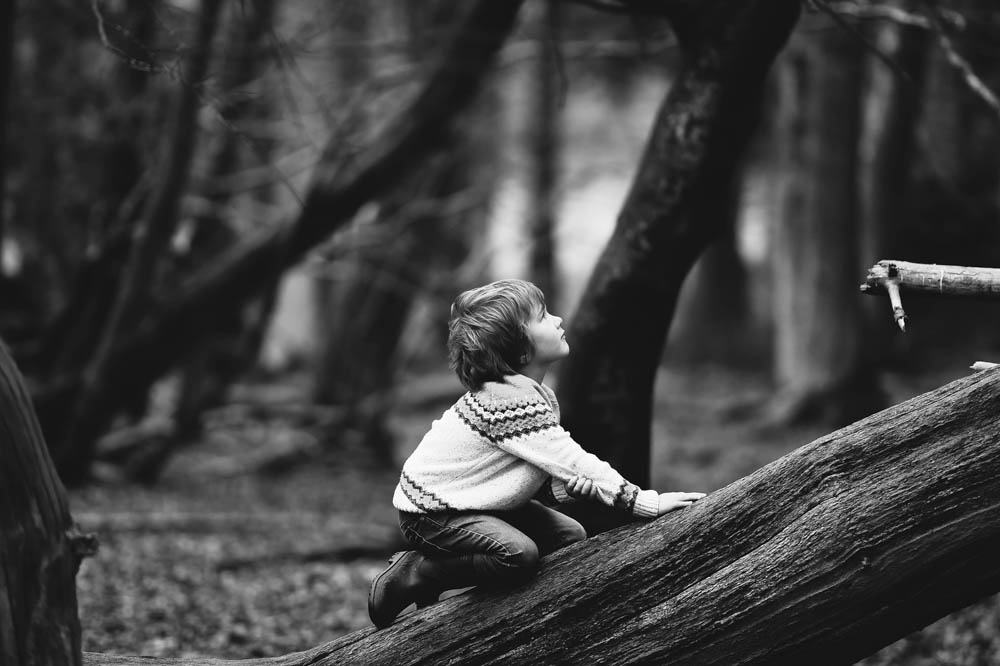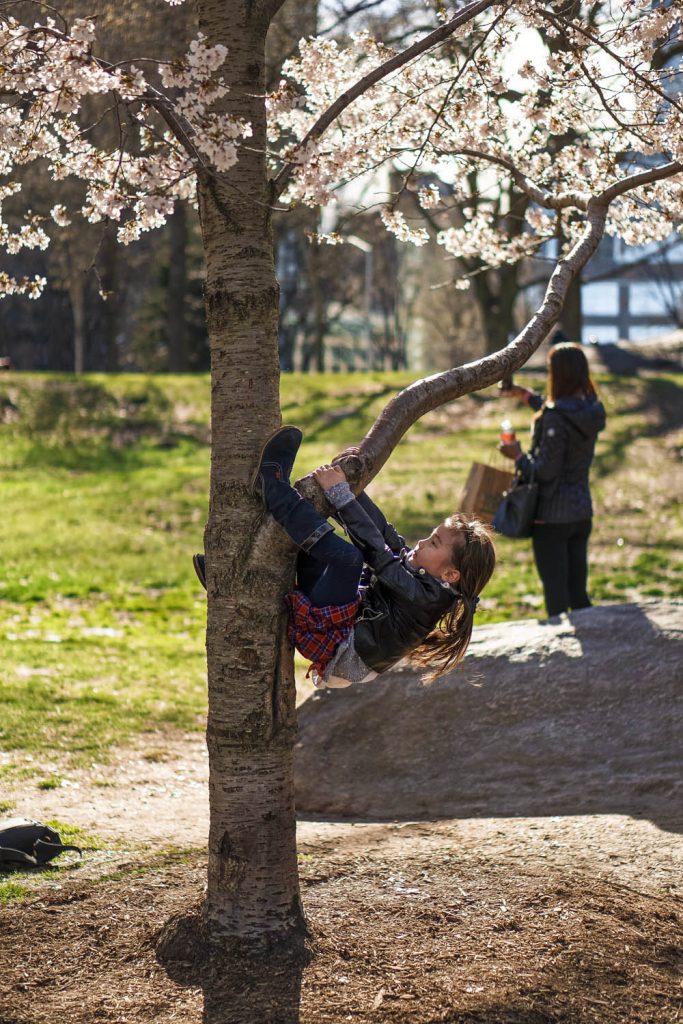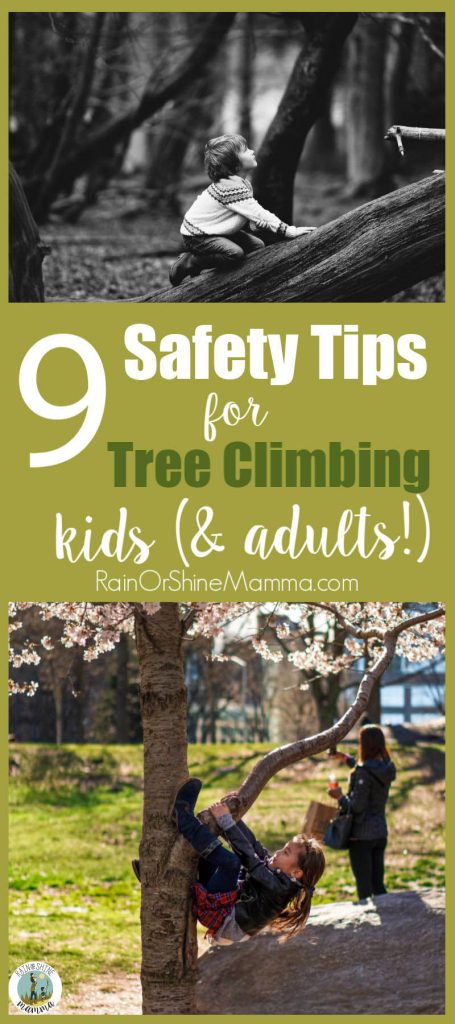A while back I wrote a post about kids climbing trees that resonated with a lot of people. It made me realize just how important this once ubiquitous childhood pastime is for creating an emotional attachment to the land and the living things that nurture us. But while many parents fondly remember their own days of scaling up gangly spruces and creaky old oak trees with fervor, some worry about their children’s safety when they do the same thing today.

I get it. Tree climbing comes with some risk of physical injury and nobody wants to be the reason – real or perceived – for their child to end up in the ER. But as a society, we’ve become much more risk averse than we were just a generation ago and activities that were once considered the norm for kids – climbing trees, playing outside without adult supervision, being home alone, rough and tumble play – have become anomalies. That’s unfortunate, since children need to experience this type of risky play in order to develop their executive function, which is a key predictor of success later in life.
I tend to let my kids (who are now 8 and 11) loose in the forest with very few pointers and trust that they can make their own judgment calls when it comes to safety. But they’ve also been allowed to explore nature since before they could walk and have gradually built the scaffolding necessary to assess risky situations, not necessarily by listening to me (in fact, my advice has often been ignored) but by doing and testing their boundaries. Does that mean they never get hurt playing in the woods? No. In fact, they often come home with bruises and cuts, and the potential for broken bones and other injuries is always there. But by honing their ability to assess risk they’re decreasing the risk of serious injury.

I know that as parents we’re all in different places when it comes to our willingness to let kids take risks. Even if you understand the benefits of risky play and theoretically agree that kids need more of it, you may still struggle to let go of irrational fears. That’s when taking some basic precautions and embracing a gradual approach to tree climbing can help. Below I’ve listed nine tips that can make you more confident with your kids climbing trees. Feel free to share your own tips in the comments!
- Start early. Crawling over and balancing on fallen logs is a great introduction to tree climbing for babies and toddlers, and allows them to learn the skills gradually.Just be sure to check the surrounding area for hidden hazards and spot your child as necessary, since very young children don’t have the capability to assess risk on their own. If you have a backyard, consider planting a climbing tree when your child is a baby. For example, a weeping willow can grow into fully-fledged climbing trees within a few years.
- Don’t help your child to get up in the tree. They will get up on their own when their body is ready for it, and helping them will only encourage them to take on more difficult challenges than they can handle.
- Let your child lead the way. Neither push your child to climb nor try to to dictate their every move – this will increases the risk of a misstep. Instead, try to trust your child’s ability to negotiate risk and only intervene if you think your child is in danger.
- Avoid the phrase “Be careful!” Instead, offer hints that can help your child judge the situation, such as “Does that branch feel sturdy?”, “Are you able to get a good grip?” ” and “How are you planning to get up there?”
- Visually inspect the tree and the area around it. Make sure it’s strong enough and look for branches and roots that may be rotten. Cracks and splits in the trunk, large areas where bark is missing, and mushrooms or fungus growing on or near the trunk could be other signs that the tree isn’t healthy. Tree Climbers International, an organization for people who climb trees with ropes and harnesses, has a helpful guide for tree inspection with a lot of tips that apply to children climbing as well.
- Test the branches. Teach your child to assess the strength of a branch by putting one foot on it and gently pushing it down before putting their full weight on it.
- Teach the three-point rule. A good rule of thumb is to always keep “three on the tree,” meaning that your child should always have either two hands and one foot or two feet and one hand in contact with the tree.
- Create some initial ground rules. Maybe you’d like your child to let you know before they go climbing, have an adult present to climb or to remain within a certain height limit (experts suggest children don’t climb higher than 12 feet without a harness). But only create rules to keep them as safe as necessary, not as safe as possible. As your child gets more confident and experienced, challenge yourself by relaxing the rules and giving your child more freedom.
- Try this online tool if you need help gaining the confidence to let your child climb trees.



Great post! Climbing trees was a favorite of mine as a kid too! I think the “no helping” rule is an important one.
I also advice paying attention to clothing. For some reason my kids tend to try to climb wearing bike helmets…which is obviously a bad idea.
Too funny…Don’t think I’ve seen kids climbing trees in helmets before but at least they’d be protected if they fall!;)